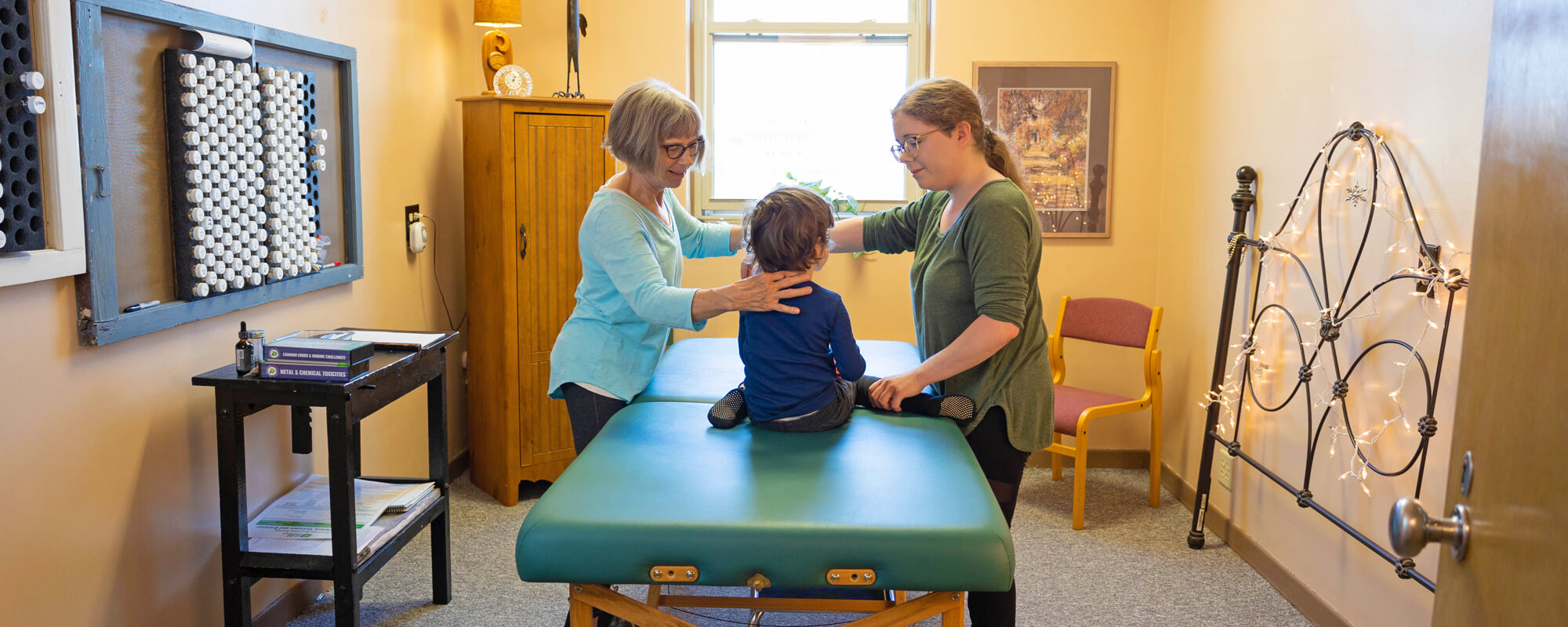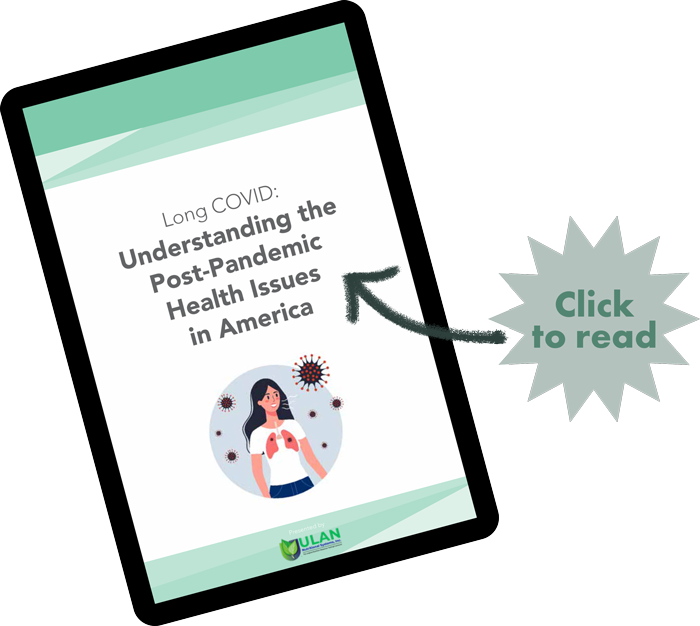 The season of winter is a time of slowing down and hibernation. According to Traditional Chinese Medical theory, the winter months are the perfect time to recharge your batteries and to start storing up the body’s vital energy reserves. The ancient Chinese believed humans should be at peace and in harmony with nature and follow the natural cycles of the seasons, while taking cues from the surrounding environment.
The season of winter is a time of slowing down and hibernation. According to Traditional Chinese Medical theory, the winter months are the perfect time to recharge your batteries and to start storing up the body’s vital energy reserves. The ancient Chinese believed humans should be at peace and in harmony with nature and follow the natural cycles of the seasons, while taking cues from the surrounding environment.
Winter is dominated by the water element in TCM theory. The water element is associated with the kidneys, bladder and adrenal glands. The kidneys are considered the source of all energy or Qi (pronounced “chee”) found within the body. They store the reserves of Qi in the body for usage during times of stress and change. This Qi also helps in healing, preventing illness and graceful aging. Fundamentally, during the winter months, our bodies are following the cues of nature, which include rest, reflection, storage and conservation.
During the winter months it is important to nourish the kidney qi, as this is also the time when this energy is most easily depleted. Some things that can help nourish the kidney qi include regular acupuncture treatments, moxibustion, proper diet, increased sleep and light exercise.
TCM utilizes numerous modalities and tools to help keep the body balanced and prepped for the seasonal changes. Acupuncture and moxibustion are two of the tools that are regularly used to boost the kidney qi. Moxibustion is a practice where dried mugwort is burned very near the skin to warm and boost the Qi within the body. There are certain acupuncture points that are essential for boosting kidney qi. Most are located either on the lower abdomen, below the umbilicus or on the lower back above the hip bones, in the areas of the kidneys. Applying moxibustion to these areas is a wonderful way to boost the kidney’s energy reserves.
Acupuncture can do essentially the same thing as moxibustion, but on a deeper level and it can physically affect the hormone levels of the adrenal glands, which sit just on top of the kidneys. When the adrenals are supported, they allow for balanced hormones throughout the body. This then helps the body use hormones properly without over-expenditure, thus preventing depletion of the body’s energy reserves.
As the kidneys are closely associated and ruled by the water element, which is the element associated with winter, it is important to remember that water is essential. Drinking room temperature water is a vital step to keeping the kidney qi sufficient throughout the winter months. Eating darkly colored foods like blueberries, blackberries and black beans are also recommended during the winter months, as they boost the kidney qi. Warming foods like hearty soups, whole grains and roasted nuts also keep the body warm and nourished
Keeping the body warm, getting ample amounts of restful sleep and going to sleep early are all recommended during the winter months. Doing all of these things, getting regular acupuncture treatments and eating according to the season, will keep everybody healthy throughout the winter and when spring hits, energy reserves will be ample to take the body into the warmer months ahead.
S.M.A.R.T Goals
Every New Year we lay out a numerous amount of positive goals we hope to achieve. With the New Year comes new responsibilities, changes and a chance to start fresh. New Year’s resolutions are a big part of most individual’s first week in January, but people begin to lose track of the goals they set as the month drags on. Work, school, family and other obligations can fill up your schedule, and you may find yourself forgetting about those New Year’s resolutions you made just a few weeks ago. But, with the SMART goal method you can make sure you achieve your New Year’s resolutions. The SMART method creates a full-proof plan to keep you on task and to make sure those resolutions become reality.
Specific
The “S” in the SMART method stands for specific. This is a very important first step to achieving your resolutions. You need to nail down the specifics of what you are striving to achieve. What do you want to accomplish? Who do you need to help you in order to accomplish it? When will you accomplish your goal? How will you accomplish your goal? Where will you accomplish your goal? All of these questions should be answered in order to have a clear understanding of your goal.
Measurable
Establish a way to track your progress. It is very key to make your goal measurable. Create a certain criteria that is quantifiable. For example, if your resolution is to eat less fast food in the new year, make sure to save your receipts and track how many times you go to fast food locations.
Achievable
This step in the SMART method is critical. It can also be the hardest part of the method. You have to understand how attainable your goals are. Make your goals realistic. If you have created some New Year’s resolutions that seem a little far-fetched you have to stop them before you begin. Only pursue goals that are attainable.
Realistic
To achieve anything you have to truly believe that you want it. Make your goals realistic to your opinions, beliefs and interests. If it really isn’t important to you, you will not strive to make it a reality.
Timely
Create a sense of urgency. By creating a sense of urgency you allow yourself to see the real progress you are making. Instead of claiming you will lose 25 pounds in the New Year, say you will lose five pounds a month for the next five months. This way not only do you create a sense of urgency built around your time-based goal, but in turn you are creating a metric that is measureable, when knowing how many pounds you lost a month. Did you meet your goal?

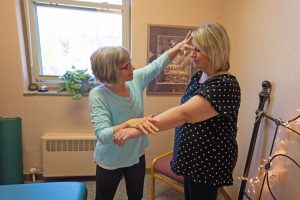 Heidi LaBore Smith has over 30+ years experience in acupuncture and Traditional Chinese Medicine, and over 43 years experience as a physical therapist.
Heidi LaBore Smith has over 30+ years experience in acupuncture and Traditional Chinese Medicine, and over 43 years experience as a physical therapist.
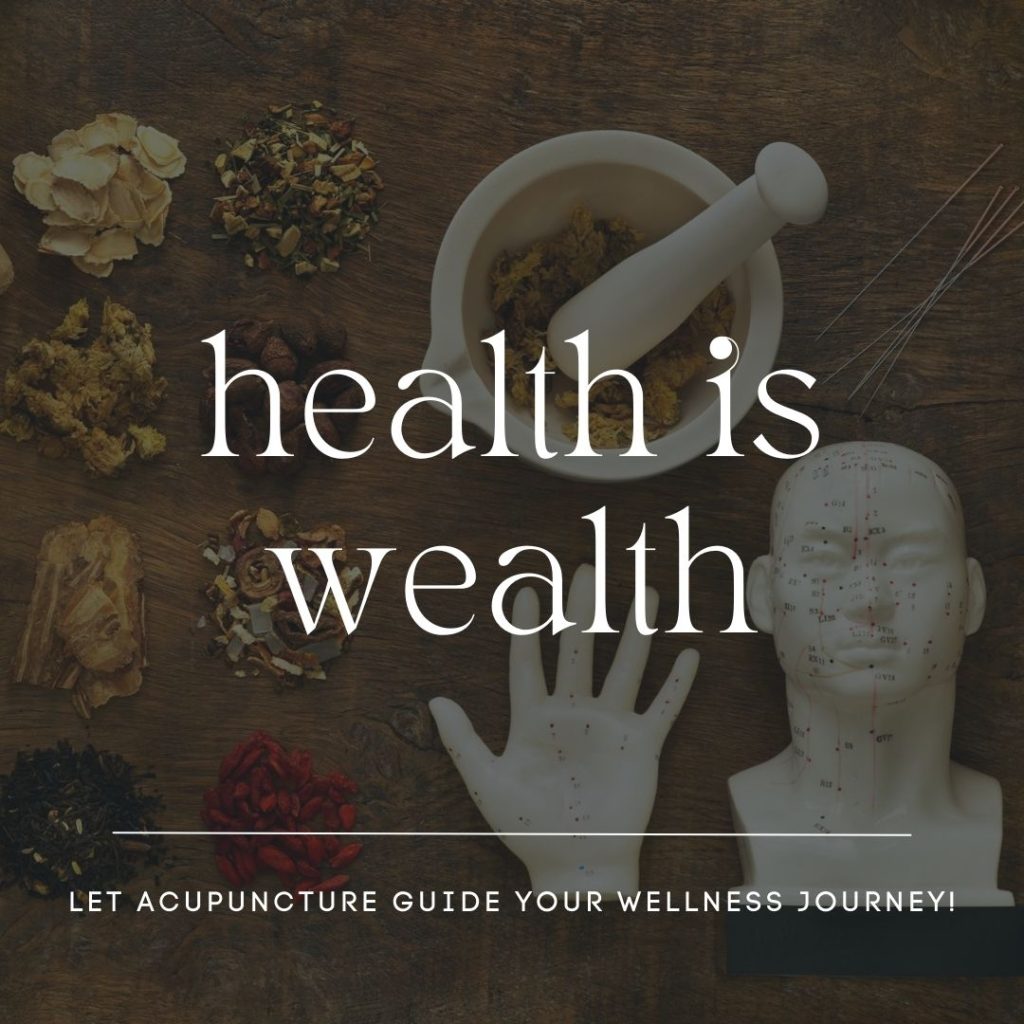


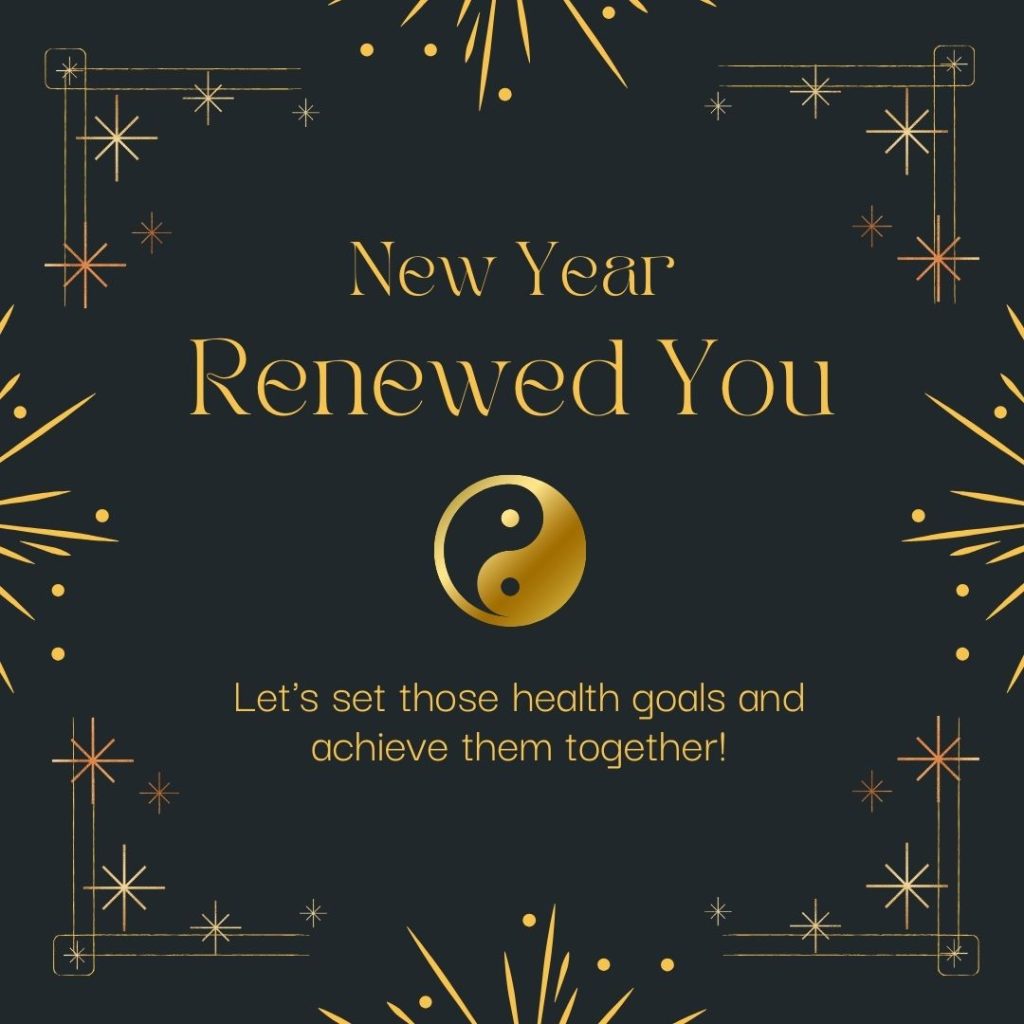
 The season of winter is a time of slowing down and hibernation. According to Traditional Chinese Medical theory, the winter months are the perfect time to recharge your batteries and to start storing up the body’s vital energy reserves. The ancient Chinese believed humans should be at peace and in harmony with nature and follow the natural cycles of the seasons, while taking cues from the surrounding environment.
The season of winter is a time of slowing down and hibernation. According to Traditional Chinese Medical theory, the winter months are the perfect time to recharge your batteries and to start storing up the body’s vital energy reserves. The ancient Chinese believed humans should be at peace and in harmony with nature and follow the natural cycles of the seasons, while taking cues from the surrounding environment.
 It is recommended to eat warming foods during the winter months. Foods that will strengthen the kidneys, blood and Qi (pronounced “chee”), which is sometimes considered our inner form of energy. Foods that would be best include beef, lamb, root vegetables, dark leafy greens, black beans, oats, quinoa, pumpkin, kidney beans and walnuts. Fruits can be warmed by adding spices like cinnamon, so they don’t tax the system too much. Herbs such as ginseng, garlic, onion, ginger, parsley and basil all have warming properties too that can be used when cooking.
It is recommended to eat warming foods during the winter months. Foods that will strengthen the kidneys, blood and Qi (pronounced “chee”), which is sometimes considered our inner form of energy. Foods that would be best include beef, lamb, root vegetables, dark leafy greens, black beans, oats, quinoa, pumpkin, kidney beans and walnuts. Fruits can be warmed by adding spices like cinnamon, so they don’t tax the system too much. Herbs such as ginseng, garlic, onion, ginger, parsley and basil all have warming properties too that can be used when cooking.
